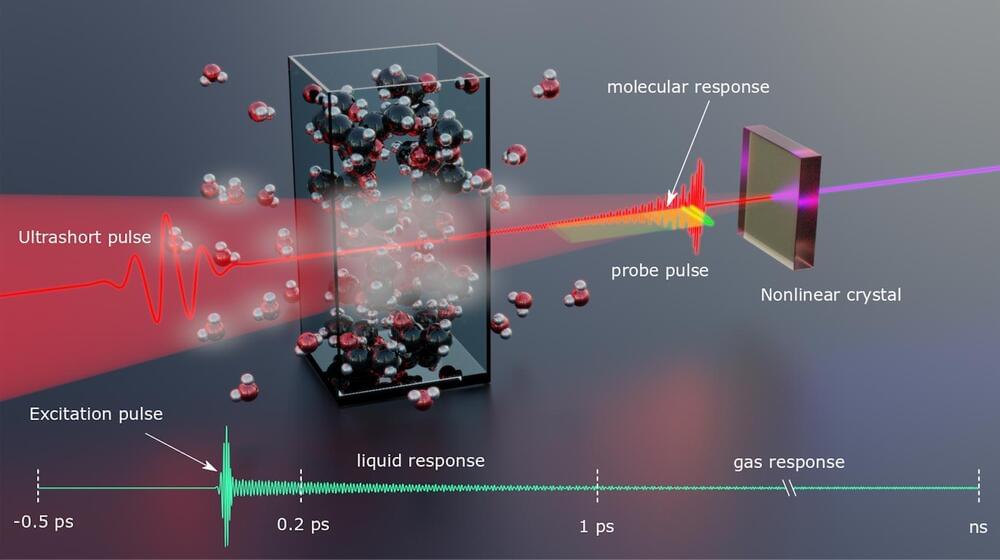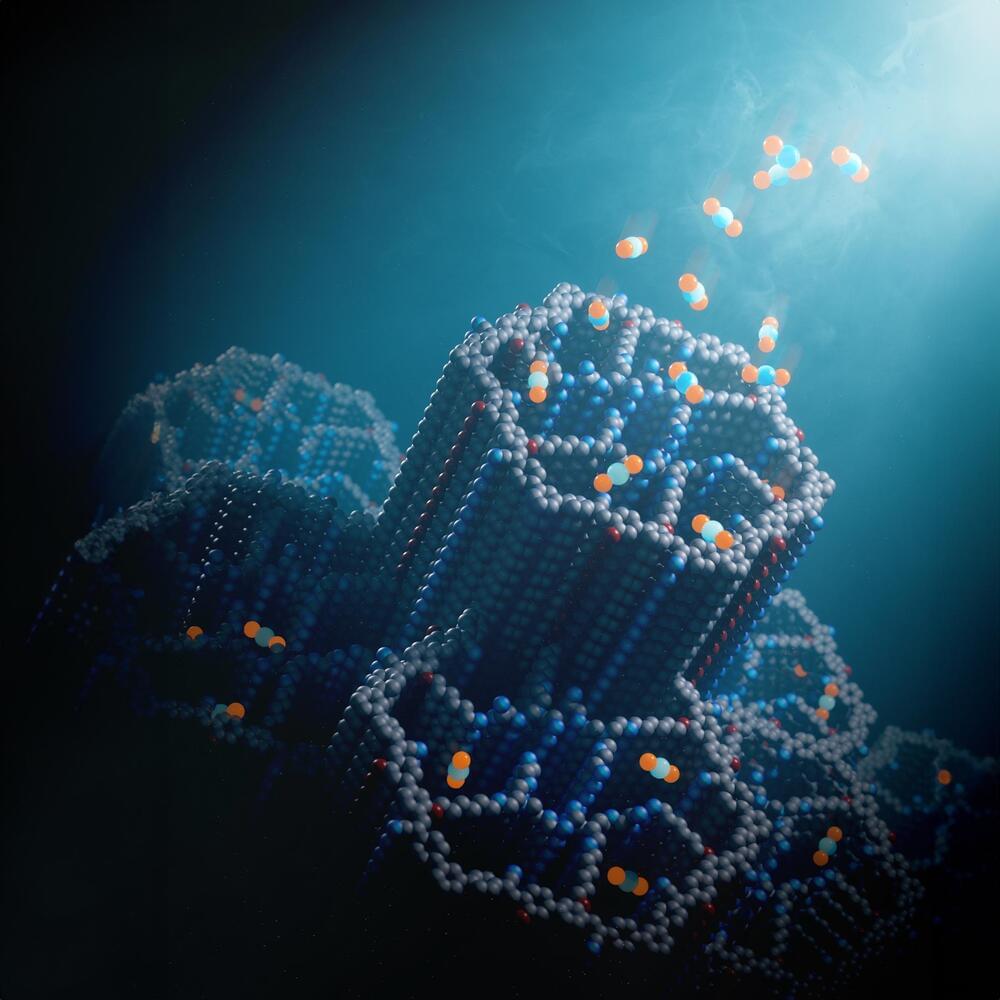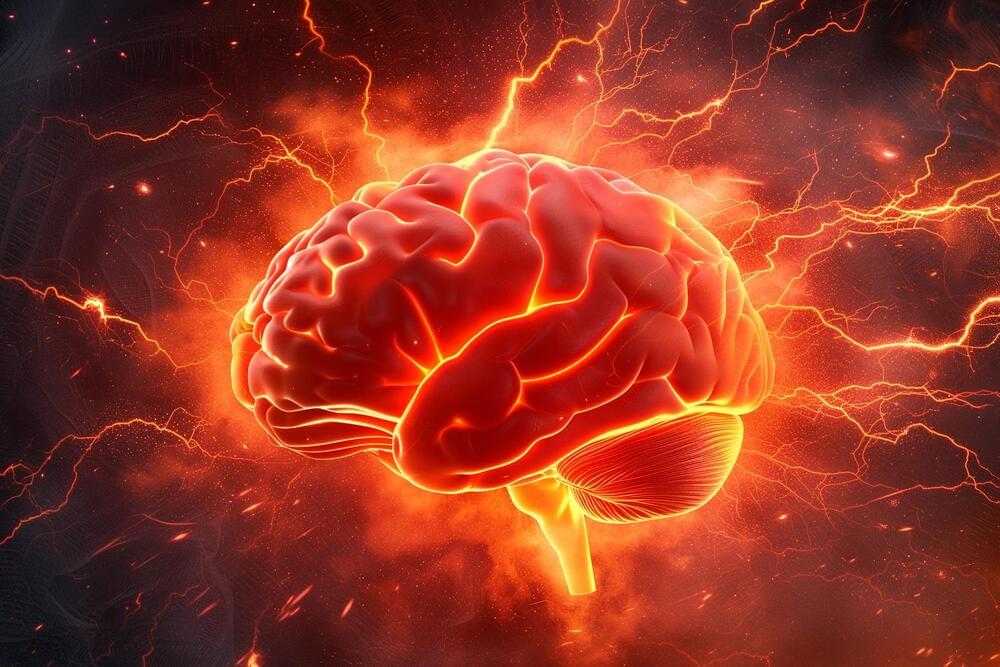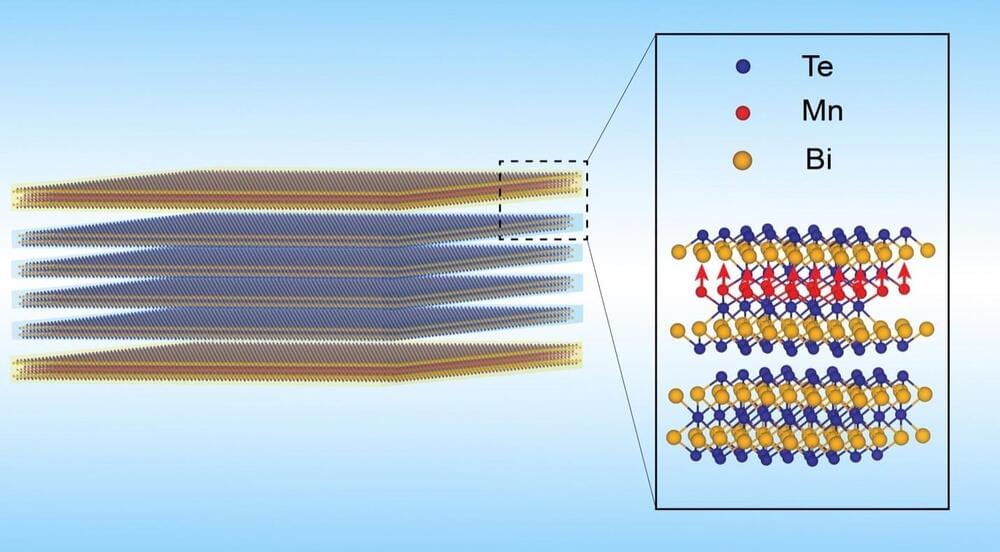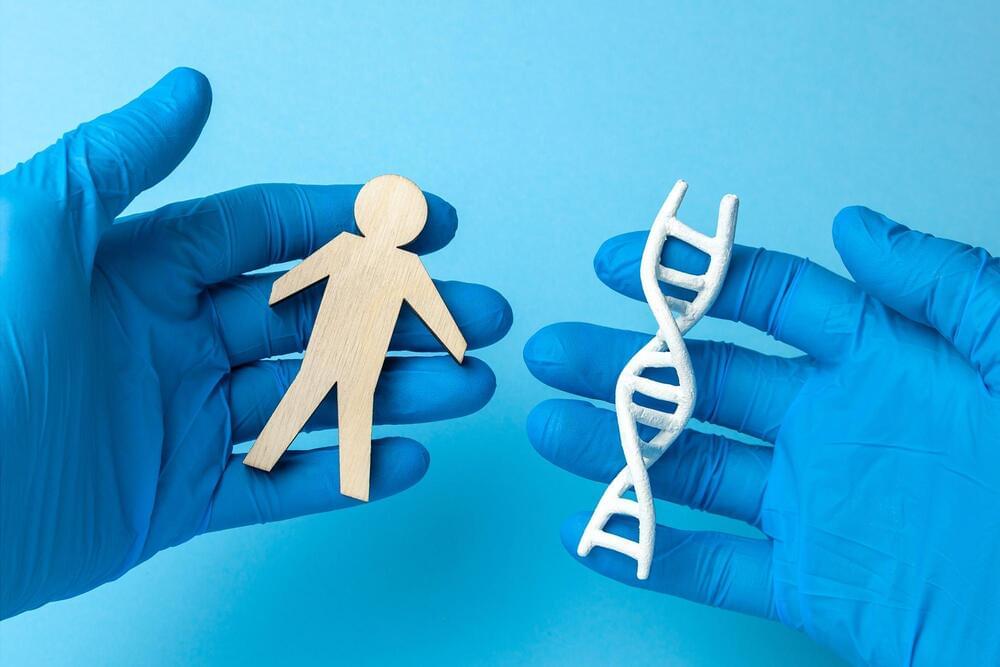The demand for lithium, essential for powering sustainable technologies, is rising quickly, yet current methods leave up to 75% of the world’s lithium-rich saltwater sources inaccessible.
With some predicting global lithium supply could fall short of demand as early as 2025, the innovative technology – EDTA-aided loose nanofiltration (EALNF) – sets a new standard in lithium processing. The technology uniquely extracts both lithium and magnesium simultaneously, unlike traditional methods that treat magnesium salts as waste, making it smarter, faster and more sustainable.
The work, co-led by Dr Zhikao Li, from the Monash Suzhou Research Institute and the Department of Chemical and Biological Engineering, and Professor Xiwang Zhang from the University of Queensland, promises to meet the surging demand for lithium and paves the way for more sustainable and efficient extraction practices.
